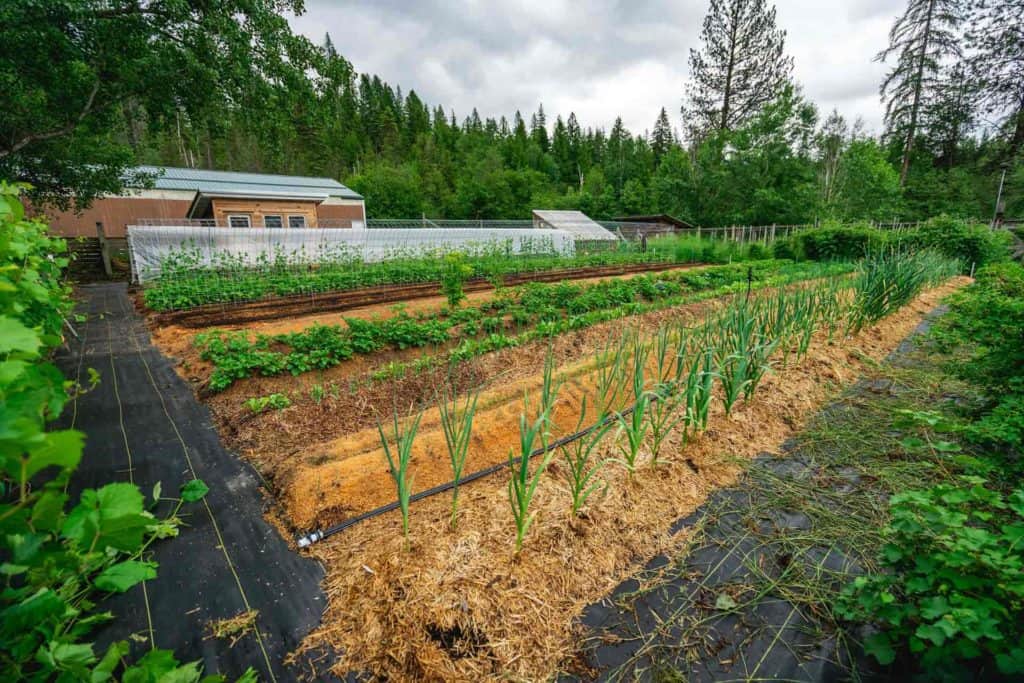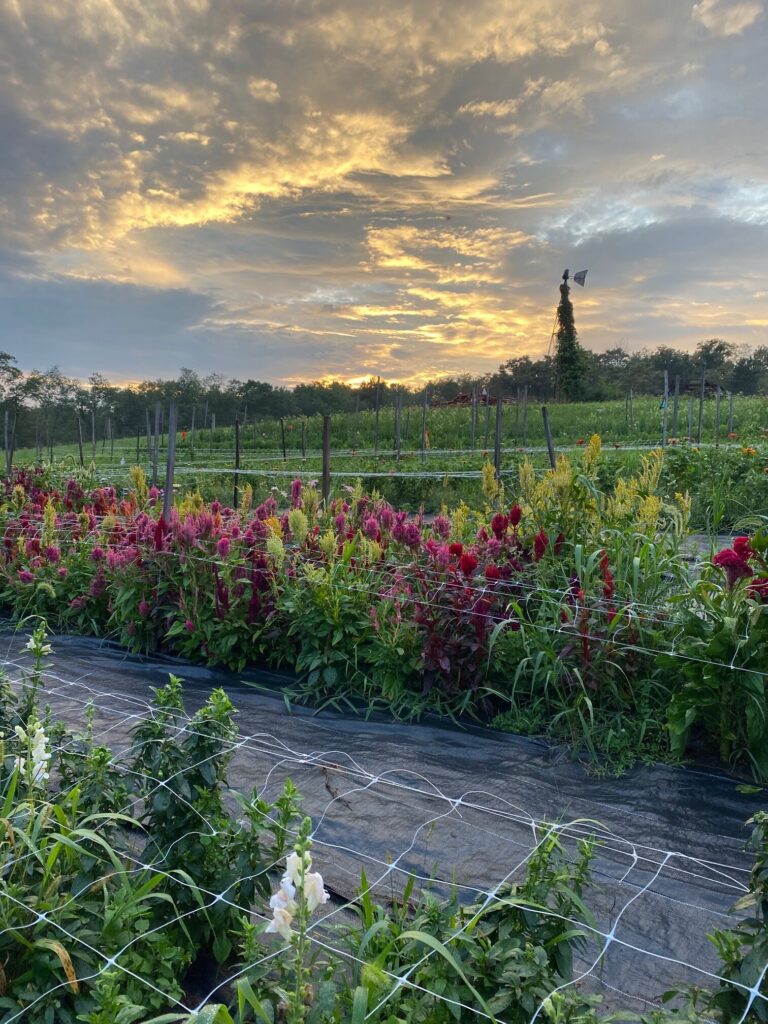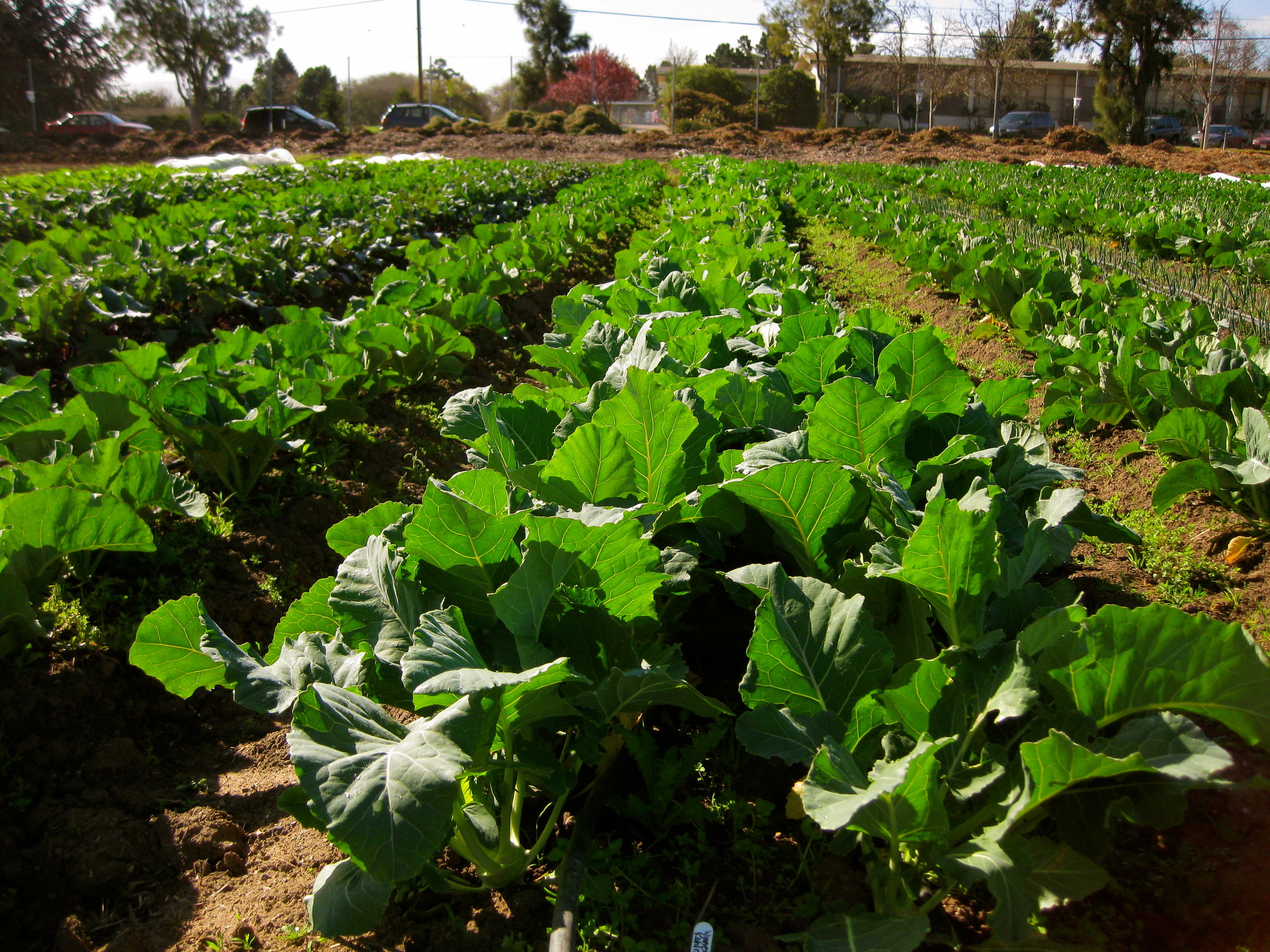Companion Planting Techniques for Homestead Gardening
Companion Planting Techniques for Homestead Gardening
Blog Article
Learn Exactly How to Cultivate a Flourishing Gardening Setting for All Ability Degrees
Producing a growing garden is a multifaceted undertaking that can be welcomed by people at any type of skill degree. By checking out vital elements such as soil health, appropriate plant option, and seasonal treatment routines, one can create a lasting gardening practice that generates enjoyable results. Understanding just how to examine and improve your garden room lays the foundation for success. Yet, the ins and outs of executing these concepts usually existing challenges that can hinder even the most passionate beginner. What approaches can be utilized to overcome these barriers and foster a truly thriving environment?
Recognizing Your Garden Area
In the world of gardening, comprehending your yard space is extremely important to cultivating a growing landscape (Homestead Gardening). The very first step in this undertaking involves analyzing the particular attributes of your story. Elements such as dirt composition, sunshine direct exposure, and drainage play critical duties in figuring out the suitability of your garden for numerous kinds of plants
Begin by conducting a soil test to analyze pH levels and vitamins and mineral content, which will inform any type of needed modifications. Additionally, observe just how much sunlight your space receives throughout the day. Different plants have differing light needs; some grow in full sun, while others prefer full or partial shade.

Last but not least, evaluate the available space and plan appropriately. This consists of taking into consideration plant elevations and infected make certain ample room for development without congestion. By obtaining a detailed understanding of your garden space, you set the structure for a successful gardening experience.
Picking the Right Plants
Choosing the right plants for your garden requires cautious factor to consider of various factors, consisting of climate, soil conditions, and individual choices. Begin by evaluating your local environment, as certain plants prosper in specific temperature arrays and weather condition patterns. As an example, tropical plants might not survive in cooler areas, while sturdy perennials can endure harsh winters months.

Consider your personal preferences, consisting of aesthetic allure and maintenance degrees. Choose whether you favor dynamic blossoms, lush vegetation, or edible crops. Furthermore, consider the moment and initiative you are ready to purchase plant treatment, as some varieties demand even more attention than others.
Last but not least, think regarding the yard's layout and light direct exposure. Sunlight patterns throughout the day will affect your choices-- some plants need full sunlight, while others grow in color. By attentively assessing these aspects, you can produce a effective and unified garden tailored to your atmosphere and tastes.
Necessary Gardening Devices
A well-appointed gardener can considerably improve their gardening experience and outcomes. Vital horticulture devices are essential to growing an effective yard, despite ability level. A tough spade is invaluable for digging and turning soil, while a trowel allows for precise planting and transplanting of smaller sized plants.
Pruning shears are crucial for preserving plant wellness by getting rid of dead or overgrown branches, promoting far better air blood circulation and development. Furthermore, a hand rake works for removing debris and aerating the dirt, ensuring optimum problems for plant roots.
Gardening gloves protect hands from thorns, chemicals, and sores, making them a vital accessory. A watering can or hose with a flexible nozzle makes sure that plants receive adequate dampness without overwatering.
Finally, consider buying a strong wheelbarrow for transferring dirt, plants, click to investigate and devices around the garden successfully. By putting together a quality toolkit that consists of these important items, garden enthusiasts can deal with various jobs with confidence and convenience, paving the means for a growing gardening setting. Keep in mind, the right devices not only boost efficiency yet likewise improve the overall pleasure of the horticulture procedure.
Soil Preparation and Maintenance
Quality soil is the foundation of a successful yard, making correct preparation and maintenance vital for healthy and balanced plant growth. Based on the test results, changes can be made to maximize dirt conditions for certain plant needs.
Incorporating raw material, such as garden compost or well-rotted manure, is important for enhancing dirt structure and fertility. This not only boosts nutrient accessibility but likewise advertises beneficial microbial activity. Furthermore, correct water drainage is vital; heavy clay soils may need the enhancement of sand or perlite to improve aeration.
Routine maintenance of dirt wellness includes mulching, which conserves wetness and suppresses weeds. Furthermore, rotating crops every year assists stop nutrient exhaustion and decreases insect and illness risks. It is likewise important to avoid over-tilling, which can interfere with dirt structure and harm advantageous organisms.
Inevitably, a regular dedication to soil prep work and upkeep will lead to a prospering yard, making sure that plants get the important nutrients they need for durable growth and productivity.
Seasonal Treatment and Monitoring

In spring, emphasis on planting brand-new seeds and plants, while basics also carrying out soil examinations to amend nutrient shortages. Frequently check for conditions and pests, as these can multiply with the warming weather. Summertime demands regular watering and mulching to retain dampness, along with trimming for better air flow.
As fall methods, it's time to prepare the yard for dormancy. This consists of harvesting plants, tidying up debris, and using a layer of compost to safeguard plant origins from frost. Consider growing cover plants to enrich the dirt throughout the winter season.
Evaluate structures like greenhouses for damage and make sure correct insulation for sensitive plants. By adjusting your gardening practices to the seasonal cycles, you can foster a growing atmosphere that supports plant health and wellness year-round.
Verdict
To conclude, growing important site an effective yard calls for a comprehensive understanding of important principles such as soil composition, sunlight exposure, and appropriate plant selection. Implementing effective dirt prep work and upkeep strategies, in addition to utilizing the right devices, cultivates an optimum expanding atmosphere. Routine seasonal care and management practices further enhance plant wellness and performance. By sticking to these fundamental guidelines, individuals whatsoever skill degrees can attain a growing garden that adds to both visual satisfaction and ecological sustainability.
Choosing the right plants for your yard needs mindful factor to consider of different aspects, including climate, soil conditions, and individual preferences. Conduct a dirt examination to figure out pH levels and nutrient material, which will certainly guide you in choosing plants that will certainly grow in your garden.Lastly, take into consideration spending in a strong wheelbarrow for carrying dirt, plants, and tools around the yard efficiently.Quality dirt is the foundation of a successful yard, making proper prep work and maintenance vital for healthy plant growth. Homestead Gardening.In verdict, cultivating an effective yard requires a detailed understanding of important concepts such as dirt composition, sunshine direct exposure, and appropriate plant choice
Report this page